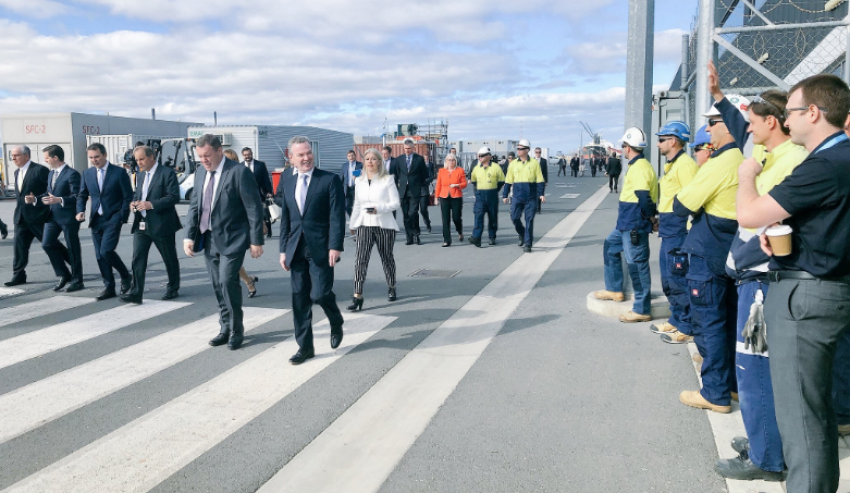Just six weeks after commencing official operations, the cost of the first phase of the government’s Naval Shipbuilding College hasincreased to 2.5 times the original cost.
To continue reading the rest of this article, please log in.
Create free account to get unlimited news articles and more!
A new report from the national auditor found the first phase of the college has blown out to $62 million, 2.5 times more than the original cost estimate of $25 million.
The scathing report from the Australian National Audit Office found that ongoing operational costs for the college have not been considered and will need to be met from the shipbuilding project budget.
The college, which was hailed by the government as a key driver for developing Australia’s workforce of the future, is being led by KBR and Huntington Ingalls Industries (HII) under a joint venture, known as the Naval Shipbuilding Institute (NSI).
The college, based at Osborne in South Australia, is being established in three phases between 2018 and 2023:
- First Phase – 2018: A focus on key, entry-level trade qualifications to address the demand in trade and structural outfitting qualifications. The college would establish contractual relationships with registered training organisations across Australia to deliver these trade qualifications, customised to naval shipbuilding and advanced manufacturing. As shipbuilders will not require these workers until 2020, Defence envisaged that the Maritime Technical College will arrange with group training organisations across Australia to recruit apprentices and secure practical training and experience;
- Second Phase – 2020-21: The second phase aims to increase the throughput of key trades, and increase the capacity of higher education institutions to provide engineering and naval architecture qualifications; and
- Third Phase – 2022-23: The third phase will establish a training facility at the Osborne shipyard.
The cost blowout identified by the ANAO is not the first issue to engulf the new college. The college was originally scheduled to commence operations on 1 January this year, but was delayed until 3 April, with the federal government blaming the delay on troubles at TAFE SA under the former state Labor government.
"The Naval Shipbuilding College is going ahead as planned. Unfortunately, SA Labor's TAFE scandal has delayed the announcement of the successful tenderer until we are satisfied TAFE can deliver the courses we require," Minister Pyne said in January this year.
The Australian Skills Quality Authority (ASQA) handed down an audit in early December last year, which blocked students from enrolling in 14 courses because of poor standards.
However, former SA defence and space industries minister Martin Hamilton-Smith rejected these claims, noting none of the courses that were blocking future enrolments relate to shipbuilding.
"Issues identified at TAFE related to courses such as hairdressing, abattoir work and aged care. We don’t employ those categories at the shipyard. No TAFE courses relating to shipbuilding failed audits," he said on Twitter.

 Login
Login







